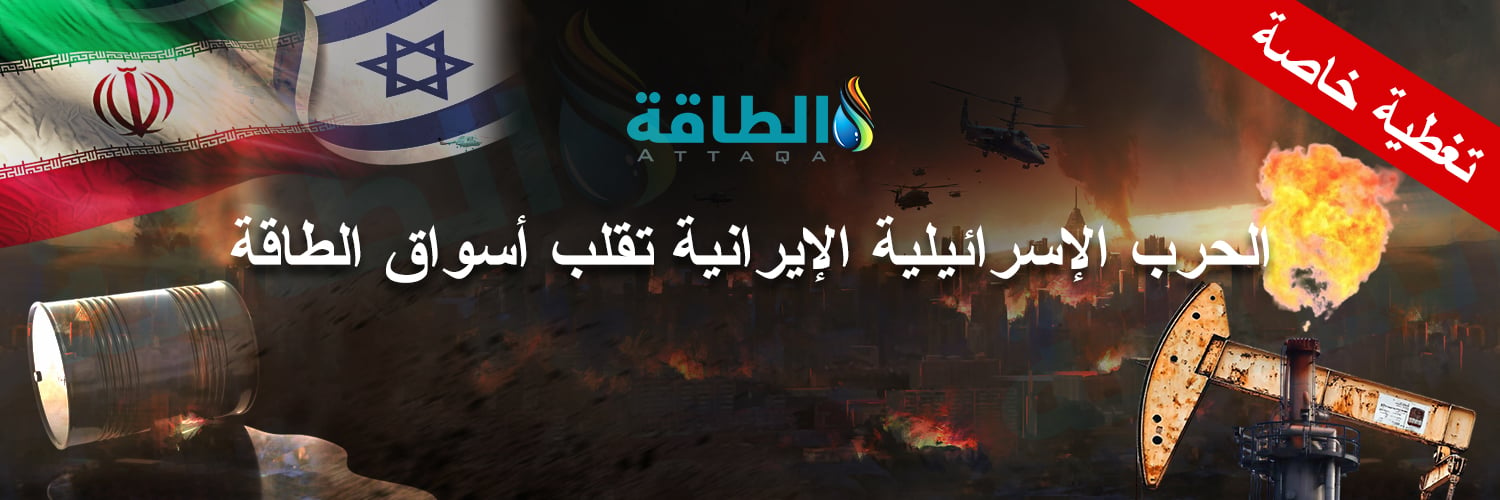
No one was expecting benchmark light sweet crude prices to go south of $100/barrel as long as the Ukraine war continued to fester.
But last week served a painful reminder that the loss of Russian supplies is not the only worry on the oil map; other outages are worsening the situation, while fresh geopolitical tensions in the Middle East are adding fuel to the fire.
Tensions flared up in the Persian Gulf last week, with a tit-for-tat seizure of oil tankers.
Oil tankers seizures
Iran seized two Greek oil tankers in the Strait of Hormuz on Friday, with the country’s Islamic Revolutionary Guard Corps boarding the vessels using a helicopter and speedboats.
The move was retaliation for Greek authorities seizing a Russian-flagged tanker in Greek waters last month and transferring its cargo of about 100,000 mt of Iranian crude to another vessel on Thursday, May 26, following a request from Washington.
The tanker was suspected to be in breach of US and EU sanctions on Tehran.
One of the Greek tankers seized by Iran, the Prudent Warrior, was reportedly carrying crude loaded at Basrah in Iraq for the US.
The incidents come as US-Iran talks over the revival of the 2015 nuclear deal remain stalled.
One of the main hurdles in reaching an agreement, which had appeared to be close in early March, was Iran’s demand that the US to lift its terrorist designation of the IRGC.
Iran-Israel tensions are also simmering. The Iranian defence ministry on Wednesday reported a deadly explosion at its Parchin military complex.
The New York Times reported that the attack, caused by "quadcopter suicide drone"”, fitted a pattern of previous strikes against Iranian military and nuclear infrastructure attributed to Israel.
Brent crude futures, which had begun the week around $113, rallied to a two-month-high settle of $119.43 on Friday.
High crude prices factors
Major production shortfalls in Libya and Kazakhstan bolstered crude’s bullish case last week.
Output at Kazakhstan’s Kashagan oil field has been cut by nearly half from the normal 410,000 b/d since early May due to planned maintenance.
Kazakh oil production had slid to 1.66 million b/d as of May 22 from around 1.85 million b/d earlier this month.
The maintenance at Kashagan, which began on May 19, is scheduled to go on till August 3 and the field will is expected to be completely shut in June.
Kazakhstan, which has an OPEC+ quota of around 1.64 million b/d, sends more than two-third of its oil to Europe.
Meanwhile, partial blockades in Libya have shut in around 500,000 b/d of crude production. And a protracted political impasse in the country has put the remaining 700,000 b/d of output under threat from lack of funds.
National Oil Corporation Chairman Mustafa Sanalla reportedly ordered the country’s oil field operators earlier this month to halt all maintenance and drilling work due to “the delay in the transfer of the approved budgets for 2022”.
Ban on seaborne oil from Russia
With the European Union’s plan to phase out all Russian oil purchases in a stalemate, the bloc is now looking at a selective embargo, on seaborne imports.
The European Commission on May 28 sent a revised proposal to national governments to phase out imports of seaborne Russian crude in six months and refined products in eight months.
However, the shipments through the Druzhba pipeline, Hungary’s main source of crude imports, would be spared.
That would also address the concerns of landlocked Slovakia and the Czech Republic, which would find it hard to replace Russian crude. Bulgaria and Croatia are also to be given some exemptions under the revised proposal.
EU ambassadors were scheduled to meet on Sunday to discuss the revised package.
Some member states were pushing to seal an agreement before EU leaders meet in Brussels on Monday to discuss the war in Ukraine but going by the weeks-long wrangling over the earlier draft of the sixth package of sanctions against Russia, the bloc may take its time.
Some member states have previously opposed making a distinction between seaborne and pipeline shipments on grounds that it would disproportionately hit their supplies.
Interestingly, the latest draft has eased up on restrictions on the provision of services for the shipment of Russian oil to third countries.
It prohibits provision of technical assistance, brokering services and financing, but the reference to “any other services” has been removed, implying that companies will not be barred from providing insurance cover for Russian oil shipments.
It remains to be seen whether the European protection and indemnity club decides to self-sanction, anyway.
Russian oil supplies
Russia shipped about 720,000 b/d of crude to European refineries through the Druzhba pipeline last year and sent about 1.57 million b/d from the Baltic, Black Sea and Arctic ports, according to Bloomberg data.
Russian product exports, mostly comprising diesel, fuel oil and naphtha, are shipped into EU countries almost entirely by sea and averaged around 1.2 million b/d in 2021.
An EU phase-out of seaborne imports would thus gradually lock out around 2.8 million b/d of Russian oil from the market over the next six to eight months.
That would be considerably higher than the 1-1.5 million b/d of loss in Russian supply the market had tentatively factored in as a worst-case scenario so far.
Russia may be able to reroute some of its surplus crude to China and India but does not have any obvious takers for its refined products in Asia.
Latin America, which is increasingly losing out to Europe as a sink for US refined products, is yet to begin pulling in Russian barrels.
The EU plan to focus on seaborne imports overcomes the objections of Hungary but that doesn’t mean it will sail through. We expect long-drawn arguments, which could keep the oil market on tenterhooks.
The latest bout of fear premium from the Iran tanker incidents may abate, but the intensifying EU-Russia energy war, with major planned and unplanned production outages elsewhere, is unlikely to allow crude to cool down much from current levels in the short term.
*Vandana Hari is Founder and CEO of Vanda Insights, which provides macro-analysis of the global oil markets.









